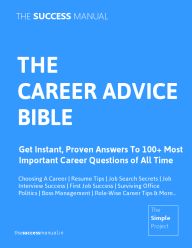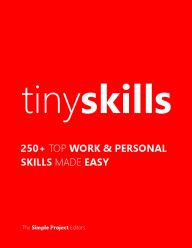On February 16, 2025 By newswala Topic: Media, Onlinejournalismhandbook, Blogging
This quick and dirty guide to what you must write online on a day-to-day basis is meant to help you come up with story ideas for your newsblog. Items #1, #2 and #3 you should be doing often on your blog. They are easy to do. They build your credibility quickly and you will get into the groove on online writing in no time.
1. Do Roundups
- what the papers say on a topic
- what the blogs say
Summarize each source in 1/2 line maximum.
If you need to provide a quote from the source do it ASAP.
Examples: Blog aggregator Globalvoices does it on a daily basis. Check out here
Bighow Roundup Example
A quickfire roundup style here
2. Short post about something notable
- Give a snappy attention-grabbing headline
- start with a summary/question straightaway 1/2 line
- give a quote from the post that is the main point of the story, (or, a photo/video),
- end with a quick flourish
Examples: Bloggers Jason Kottke and Tyler Cowen have polished this format to an art form.
3. Liveblog an event
- post a 1/2 line summary very few minutes. There is no fixed time rule. The best way is to blog each time something significant happens
- put a time stamp [e.g. 12 noon] in bold at start of sentence
- highlight key segments with a caption after the time-stamp [e.g. 12 noon - the speech; e.g. 2 PM - On Recession...
Examples: Gawker, The New York Times and The Guardian do liveblogging really well.
Check Gawker examples here and here
4. Create a Resource Page
Resource pages are upgraded versions of roundups where you not only aggregate and summarize posts from web sites and blogs but also put in extra information:
- a basic fact sheet about the topic
- links to older articles from the net
- links to tools
- graphics
- links to photos and videos
- maps
- glossaries
- links to other resources on the topic on the net: Wikipedia pages, coverage by big name media titles like New York Times...
Examples: Wikipedia creates the best resource pages
Global Voices special coverage
Bighow Resource Page example
5. Do Quick interviews
- limit questions to not more than 5
- Example of interview series - “5 Questions...]
- Ask relevant questions with a view on current news/scenario
- Your peers, local bloggers, experts, authors, famous people [if they agree to be interviewed] these are some of the obvious interview targets
Examples: Deborah Solomon at The New York Times does great to-the-point, entertaining interviews
Tip: Smart writers combine two or more related interviews to create a story.
6. Do a Trend Story [aka "Here's what I think" story]
Have you noticed the same kind of stories on websites and blogs the past week/s or so Everyone is writing about some particular problem, topic. This week, the third week of February 2009, it is about Facebook's Terms of Use and Obama' stimulus plan.
What do you think about itCan you look at problem from a bird's point of viewIf you can you can see what is stake. The New York Times does great trend stories using this 'Big Picture' thinking.
There are two ways you can go about writing a trend story:
A: Just do a roundup of what others are saying, offer your own opinion
B: Do a roundup, but first break the problem into sub-problems. Analyze each person's/newspaper's opinion for what it is. Ask questions; go in details, offer alternatives if there are.
C. Many trend stories write about "what's going to happen next"
Trend stories are hard. Nevertheless, they make up for great pieces of writing and make a writer's name. These kind of stories are rivaled or bettered only by long investigative stories or deep profiles, but these require time and money.
Examples: Look at the work of The New York Times Columnists - Paul Krugman, Thomas Friedman, Maureen Dowd...
Example: Data firms grow inspite of Recession http://bits.blogs.nytimes.com/2009/02/13/the-survivors-data-firms-grow-despite-recession/
Example of a long profile story: The New Yorker profiles Barrack Obama in 2004
7. Do Top 5/Top 10 lists
- get to it without fuss
- add headings to each item
Examples: The internet is choke-full with Top 10 lists. Go to Digg.com and search for "Top 10" using its search functionality. Do this regularly and you will begin to get an idea of what the internet likes.
Seth Godin makes no-frills, concise, yet enjoyable lists. Check one out here
Tyler Cowen makes topical lists. He takes a topic and makes an entertaining top 10 list
Read More about lists:
How to create traffic-worthy lists
Top 10 Blog Media Cliches

